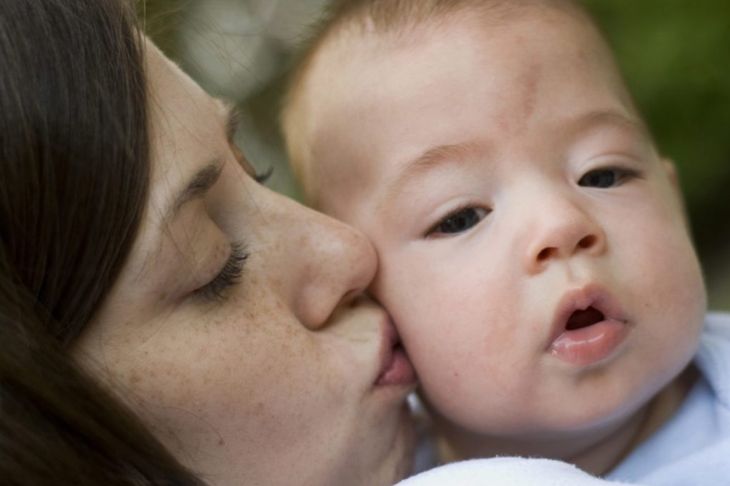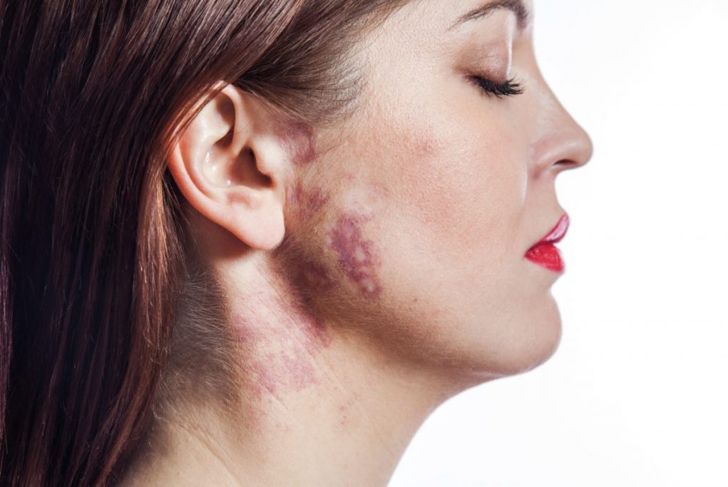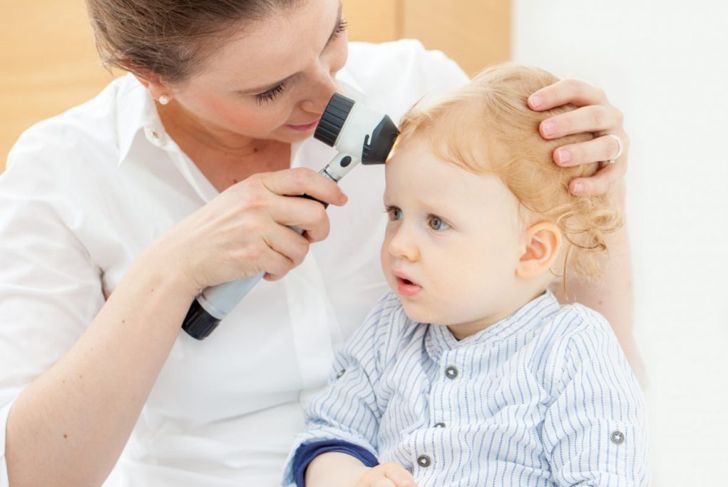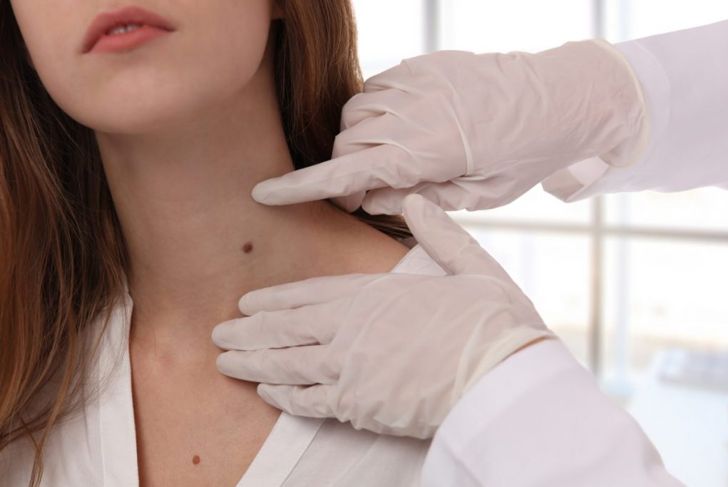Moles, bumps, freckles, and warts appear on the skin from time to time. Birthmarks are those that develop in the first few years of life. While generally harmless, birthmarks sometimes alarm new parents, particularly when they appear in unexpected places such as the face. Understanding birthmarks can help ease this often-unwarranted fear.
How many types of birthmarks are there?
Birthmarks come in a variety of shapes, sizes, and colors, but there are two main types: pigmented and vascular. Pigmented birthmarks occur when skin contains more pigment than the surrounding area. Vascular birthmarks, on the other hand, form when the network of blood vessels in a particular area clumps together and becomes visible underneath the skin.
Moles
A mole is one of the most common types of pigmented birthmarks. Moles, or nevi, are common, and may be slightly more so in individuals who have lighter skin. Most adults have at least a few moles, and these frequently first appear in childhood or are present at birth. The marks are rarely harmful, and it’s normal for them to change as the person grows. However, any growth, as well as itching or bleeding, of a mole should receive medical investigation, as this can be a sign of skin cancer.
Cafe-au-lait spots
Cafe-au-lait spots are flat patches of skin that are darker than the surrounding skin. Cafe-au-lait is French for “coffee with milk.” On a person with lighter skin, these spots are generally light brown. On a person with darker skin, they may be darker. These “giraffe spots” are not harmful and can fade over time, though they usually do not go away completely. Very rarely, multiple cafe-au-lait spots may indicate a disease such as neurofibromatosis.
Mongolian spots
Mongolian spots are a type of dark grey-blue birthmark that commonly develop on the backs or bottoms of babies with darker skin. Though they can look startlingly similar to bruises, rest assured that the spots are not harmful nor caused by injury. Rather, these spots form when, for an unknown reason, pigment in the skin does not reach the surface layer. These spots often fade over time, but may not disappear entirely.
Salmon patches
Salmon patches are vascular birthmarks. Like most, these flat pink or red patches are not harmful. The appear when blood vessels nestle together under the skin. These kinds of birthmarks are common, occurring in up to a third of all newborns. When these marks occur on the face, they are popularly called angel kisses, while those on the neck can be referred to as “stork bites.” The marks generally become more visible when the child is hot or crying, and typically fade over time.
Hemangiomas
Hemangiomas are vascular birthmarks that come in two varieties: strawberry hemangiomas, which show up on the top of the skin as raised pink areas, and deep hemangiomas, which can cause bulges underneath the skin. Some are as small as one millimeter across, but they can be as large as 20 centimeters. Hemangiomas can cause concern due to their rapid growth which doesn’t often slow down for several months. However, by the time the baby has reached his or her first birthday, hemangiomas will usually begin to shrink. Most hemangiomas will not cause any harm to the child but should be evaluated just in case their size or location is detrimental.
Port-wine stains
A port-wine stain or firemark is a vascular birthmark often seen on the face though they can develop anywhere on the body. These red or purplish marks do not fade over time and can grow as the child grows. Studies indicate there are only three to five instances of these birthmarks per 1,000 births. Typically, like other birthmarks, port-wine stains are harmless. However, if they cause self-consciousness in older children, laser treatments can reduce their visibility.
When do birthmarks need to be treated?
Birthmarks are usually harmless. Children with vascular birthmarks including hemangiomas and port-wine stains should see a dermatologist to ensure the mark is not problematic, particularly if it is near the eyes, nose, or mouth. Port-wine stains appear to correlate with a rare neurological disease, Sturge-Weber syndrome, and another uncommon condition, Klippel-Trenaunay-Weber syndrome, that affects tissue development. A doctor can rule out or address these issues.
How should you talk to kids about birthmarks?
As kids grow, they may become concerned about birthmarks, especially those that occur on the face, neck, or hands. Reassure children that birthmarks are not harmful, that they do not mean that anything is wrong and that they are a special part of them that makes them unique. Some kids might prefer calling them “beauty marks” or giving them a fun nickname. Prepare your child for questions or comments about their birthmark so they will know how to respond in advance.
What are treatment options for birthmarks?
If a birthmark does require treatment, the specifics will depend on the type, location, and size. Based on these variables, a dermatologist may prescribe oral medication, administer a shot, or recommend laser treatments to make the mark lighter or smaller. For moles, surgical removal is also an option. Eventually, when a child gets over they may choose a cosmetic procedure to change a birthmark’s appearance.

 Home
Home Health
Health Diet & Nutrition
Diet & Nutrition Living Well
Living Well More
More




















